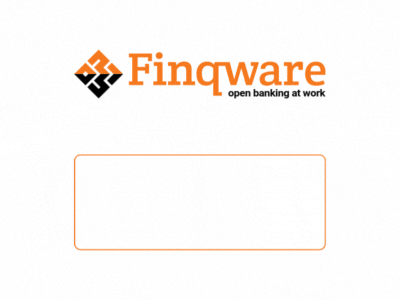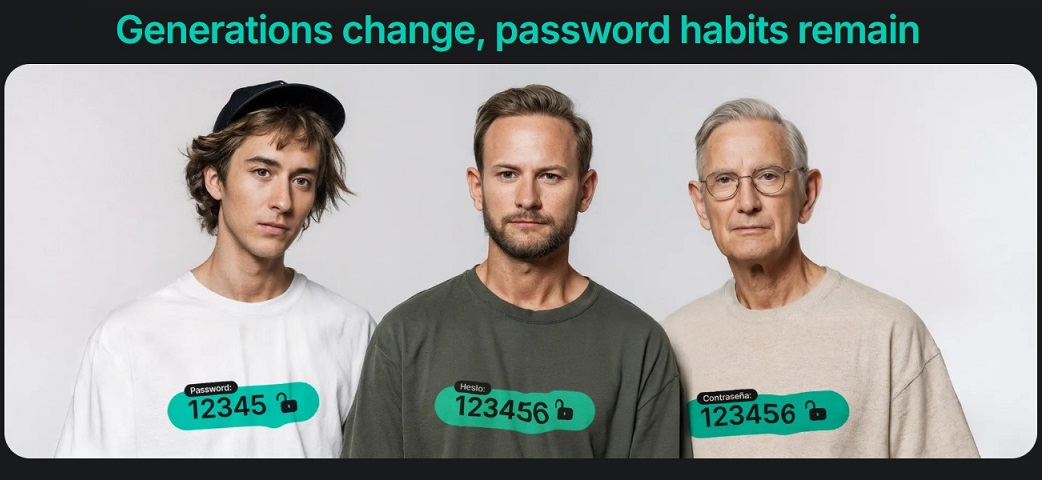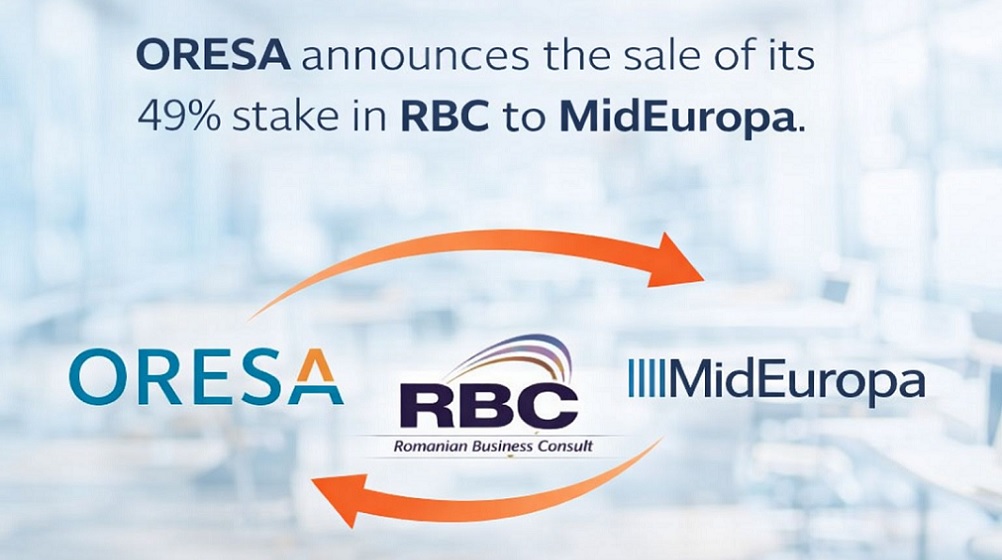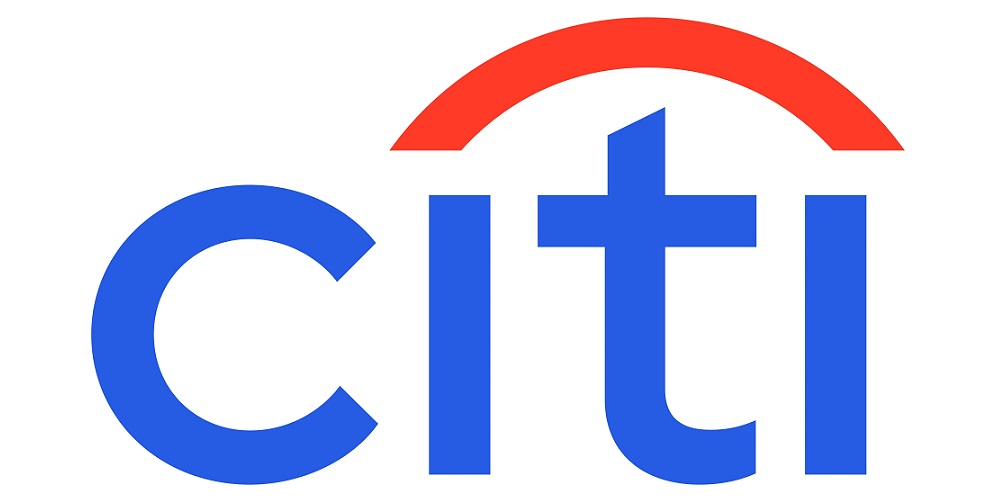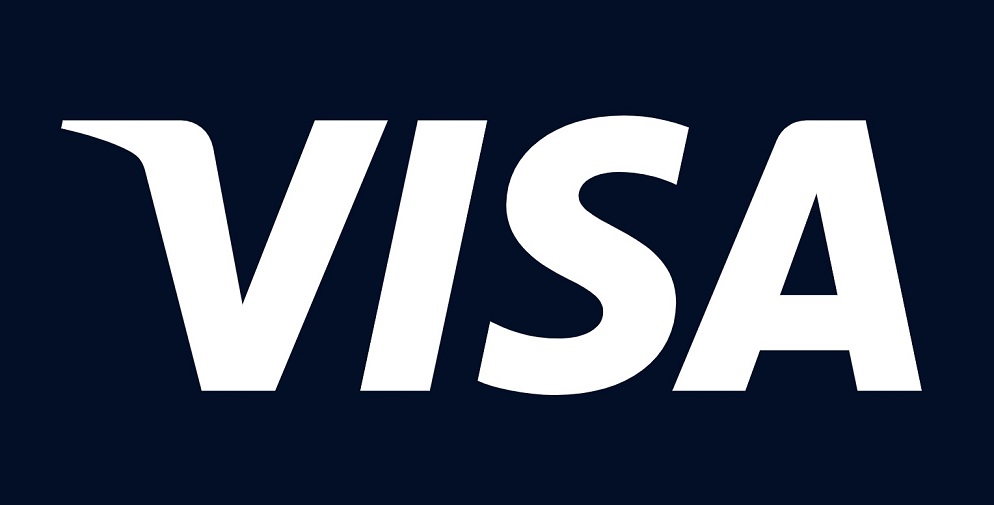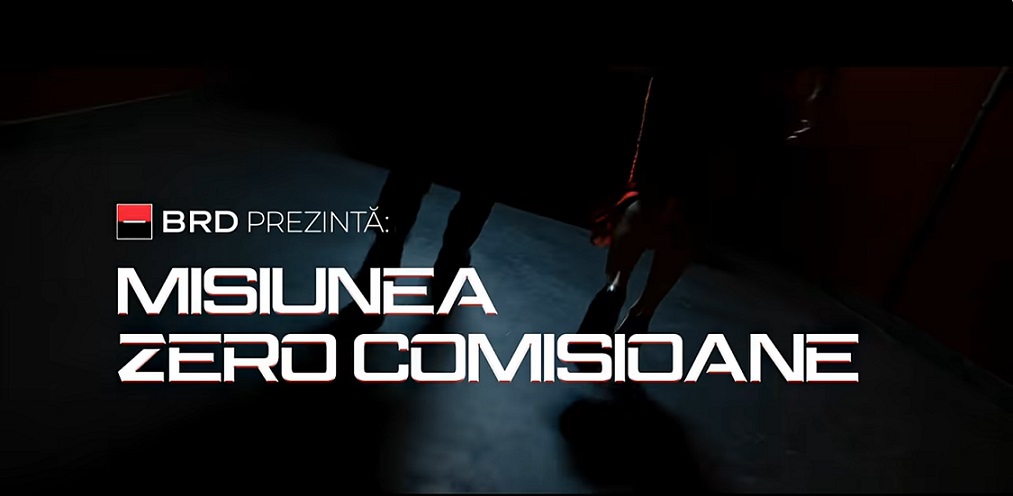Salt Edge claims to be the first and currently the only provider that allows TPPs to dynamically register with banks, on the pan-European market

Salt Edge is the first Open Banking Platform that allows clients to instantly register with hundreds of banks via Dynamic Registration feature!
Salt Edge announced the release of a new feature that allows third party providers (TPPs) to register quicker with the desired banks’ PSD2 channels in the whole of Europe. Dynamic registration aims to save TPPs thousands of man-hours on onboarding with banks.
Around 60% of banks across Europe offer TPPs the possibility to onboard faster with their PSD2 channels. In order to benefit from this capability, the technical service provider should create a mechanism that allows its TPP clients to dynamically register with banks.
„Salt Edge is the first and currently the only provider offering this tool on the pan-European market.”, according to the press release.
„Taking into account that in Europe there are 6000+ banks and over 1000 TPPs (including banks that act as TPPs), Salt Edge aims to save TPPs more than 20M man-hours on onboarding with banks. The use of dynamic registration greatly shortens the time needed for institutions to launch and even expand their businesses across Europe via open banking.”, the company said.
Dynamic registration represents a simplified method of registering with the banks’ platforms to gain access to their APIs. This type of registration can eliminate manual processes including the need to manually create an account in the bank’s developer portal, fill-in of data forms, and lengthy emails exchange with the bank. Dynamic registration requires only to present a valid eIDAS certificate and in return receive a set of instructions to start the integration with the API, both sandbox and live environments.
During manual registration with banks, the TPP should register with each single bank separately. That’s why dynamic registration makes a big difference at scale, specifically when connecting to big groups of banks that have separate APIs for each country. Having to manually register with each API separately can take months.
„With Salt Edge’s dynamic registration self-service, TPPs can onboard with multiple banks at once.”, the compnay added.
„Helping TPPs get to market fast and expand their offering is one of the main goals for Salt Edge as a vendor. The intuitive and secure technology that is continuously upgraded and maintained allows TPPs to overcome the complexity of execution of thousands of registrations, integrations and testing for the newly created open banking market.”, said Vladimir Pintea, Head of Open Banking Gateway at Salt Edge.
Providing dynamic registration was possible by previously implementing in the Salt Edge platform the possibility to generate eIDAS certificate sign requests.
Salt Edge is a financial API platform with PSD2 and open banking solutions. The company has two main vectors of activity: enabling third parties to get access to bank channels via a unified gateway, and developing the technology necessary for banks to become compliant with the directive’s requirements. ISO 27001 certified and AISP licensed under PSD2, the company is integrated with 5500+ financial institutions in 69 countries.
Dariusz Mazurkiewicz – CEO at BLIK Polish Payment Standard
Banking 4.0 – „how was the experience for you”
„To be honest I think that Sinaia, your conference, is much better then Davos.”
Many more interesting quotes in the video below:
